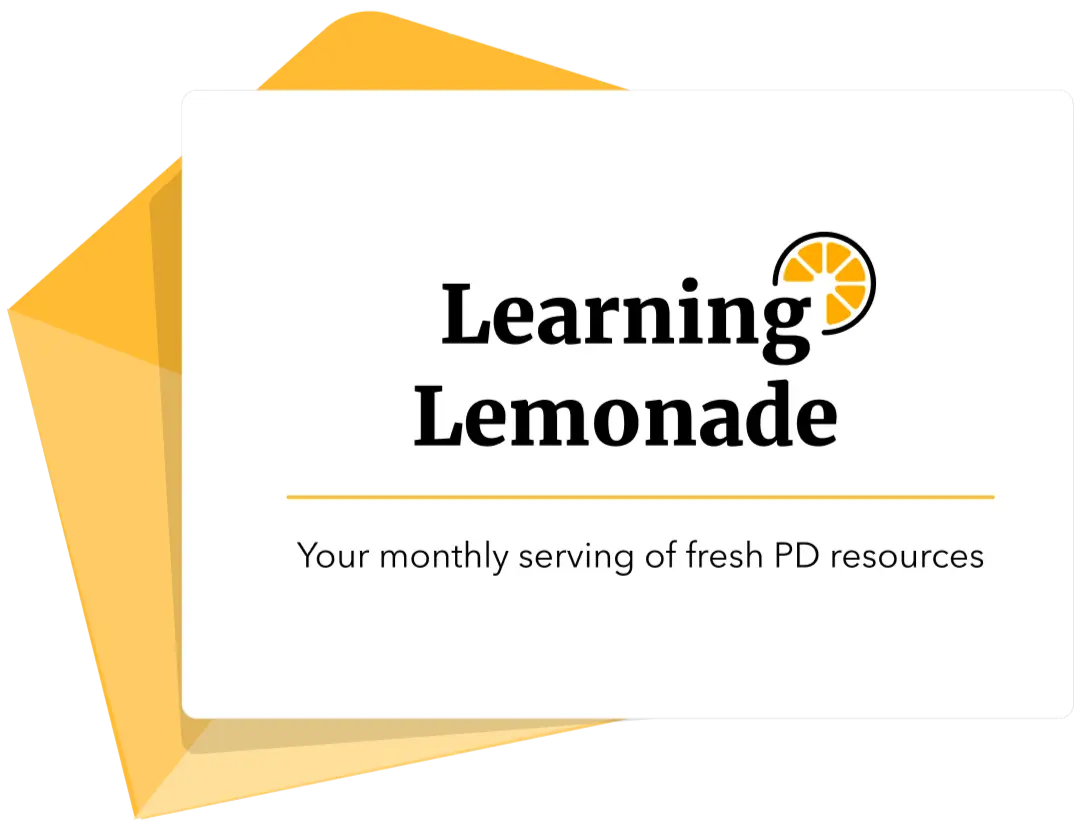Frequently Asked Questions | MYP Assessments
With all the requirements and design principles involved in creating an assessment task, there are times when you need greater clarity on crucial aspects of MYP assessments. To make this easier for you, we’ve compiled some of the most commonly asked questions related to MYP assessments and listed them down on this page. Just click on the question you’d like an answer for and we’ll help you along!
How many assessments should I give per unit? Per year?

Formative assessment is ongoing throughout the year and for each unit. These should be conducted regularly to give students a chance to practice their skills and demonstrate their current understanding of taught content and skills. Summative assessment generally takes place at the end of a period of learning (a unit), though there may be more than one summative assessment for a given unit.
How many criteria should I assess in one unit?

We would suggest two to three criteria per summative assessment. If you use all four criteria it can be overwhelming for both the teacher and the student to address all of the different aspects. There are exceptions to this - in design, students are expected to move through the design cycle and to be assessed on all four criteria for each unit that they complete.
Should I always use GRASPS to create an authentic assessment?

The GRASPS/RAFTS frameworks give authentic context to tasks and allow students to take on a real-life role during their assessments. They are a helpful tool to ensure student engagement and authenticity, but they are not a requirement. Sometimes you may want to have students complete a more traditional type of assessment. As long as you are ensuring variety and development of multiple skills throughout the year, you’re on the right track!.
How do I integrate service into the assessments I design?

Service can take many forms, but the main goal is that students are driving the service opportunities that emerge from MYP units. When designing assessments for a unit, you may like to point students to possible service learning opportunities they can explore. It is, however, important that students independently decide how they want to approach these opportunities. Students, for example, can present or share information with a wider audience as part of their service to the broader local or global community. Or they can take action to make a change in their lives or encourage changes in their communities based on something that they have learned.
How do I determine a score between different levels of the criteria?

When you are scoring student work, it is important to read the task-specific clarifications carefully and ensure that the descriptors are appropriate for the work that the student has produced. Highlighting descriptors is a helpful tool to visualise the student’s overall score. There are often strands that are stronger or weaker for a given student - if they have some areas that are stronger, it can indicate that they should be at the top of the band. If they have scored lower on some strands, that would mean they are at the bottom. If all scores fall within the same band of the rubric, it’s important to use professional judgement and decide the best-fit for the student’s work.
How do I balance between handwritten and typed assessments?

It is important to give students practice doing different types of assessments, especially if they are moving on to the diploma programme and will have to complete written external examinations. Vary the assessment style throughout the year and work on a variety of skills related to handwriting, projects and typing. The more practice that the students have, both formal and informal, the more comfortable they will be with the different types of assessment when the need arises. Remember that many of these skills can be practised through formative assessments during the unit as well.
Do I have to assess the ATL skills that I selected for my unit?

The IB does not require that teachers assess the ATL skills; however, many ATL skills are closely connected to the assessment criteria used to evaluate summative tasks. Likewise, ATL skills like communication, collaboration and organization, support students’ success in many summative tasks. As such, it is important that students receive formative feedback about their progress across skills.
Should all assessments have numerical grades?

If you are required to give numerical grades, there are conversions that you can use to translate your MYP levels and final grades to a number or percentage. It is not appropriate to grade with percentages and convert to MYP grades. Summative assessments should all have a final level out of seven for each of the criteria assessed. Formative assessments may or may not have a numerical grade attached to them.
Should formative assessments use rubrics?

Most formative assessments will not use a rubric, though sometimes it is useful for students to see feedback against a rubric on a draft or formative work leading to their final summative task. Rubrics can be helpful in giving specific and actionable feedback to students before they complete a summative task.
How many times per year should I assess each strand?

Each strand of each criterion must be assessed twice each year. This is the minimum set by the IB and you are welcome to complete more than this. The more data that you have to determine a students final grade, the better!












